Helping produce various satellite partsby harnessing the technology ofadvanced five-axis machining.
Harada Seiki was established by being split off from Harada Seiki Kogyo in 2007 as a company engaged in development operations in the fields of aeronautics, space, and defense. Each of the twenty-two employees of the company concurrently works for Harada Seiki Kogyo.
Harada Seiki’s parent company, Harada Seiki Kogyo, is a manufacturer of special-purpose vehicles in the automotive industry. They are gradually making inroads into prototypes as well and specialize in five-axis simultaneous machining and other examples of advanced cutting operations. Harada Seiki makes use of such technologies to process parts with a focus on the housing and driver for satellites.
Presently, sales for the entire group, including Harada Seiki and Harada Seiki Kogyo, amounts to approximately 600 million yen a year. The space equipment business accounts for 35 percent of the total sales of the group.
With companies based in the Hamamatsu area, which is attempting to expand into the field of space, joining forces, the company has taken up the challenge of developing rovers (for planetary exploration), ultra-small satellites, and small telescopes for space.

Measuring approximately 10,000 square meters in total area, the head office plant of the company began operating in January 2009. In order to limit increases in indoor temperature, special insulation material used with rockets has been employed for the outside wall.
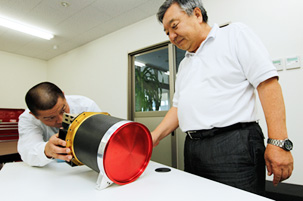
A hybrid telescope is currently under development. Harada Seiki is in charge of development. This project is being promoted in collaboration with the Graduate School for the Creation of New Photonics Industries.

The company owns more machining centers (MCs) than any other machine tools in its arsenal. An MC for five-axis coaxial control is shown on the left while an MC for three-axis control is shown being operated on the right.
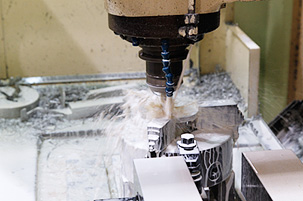

A lathe turning line. An NC lathe can be seen on the left side of this photograph while the right side shows a general-purpose lathe. One person engages in finishing work while using both machines.
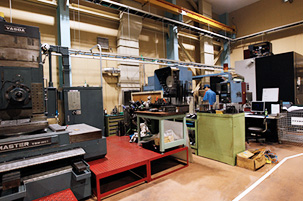
A precision processing room housing an array of high-precision machine tools, including an MC for five-axis coaxial control.
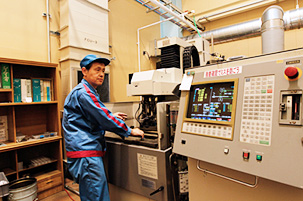
An electric discharging room. Where discharging is difficult with other methods, a wire-discharging machine is used.
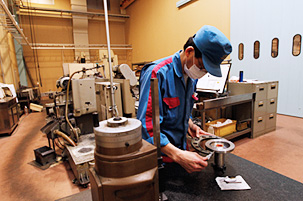
Polishing process. Polishing is repeatedly carried out while dimensions are measured until the required level of precision is obtained.
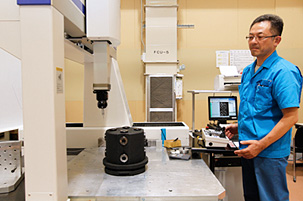
A three-dimensional measuring machine essential for conducting high-precision dimensional inspections. The inspection room houses a German-made Carl Zeiss system-controlling three-dimensional measuring machine (shown in this photograph) as well as another three-dimensional measuring machine.
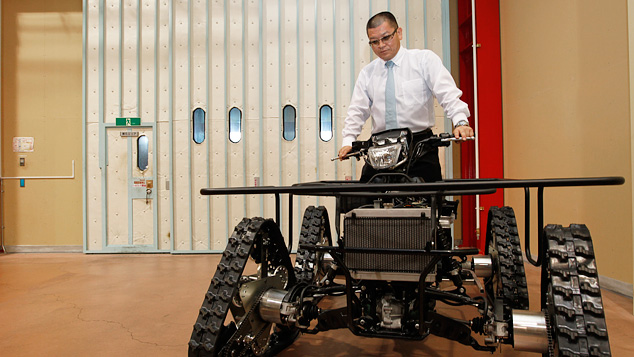
A prototype rover built by the company (vehicle for planetary exploration). The company is also building a prototype for an unmanned rover.
HARADA SEIKI
INTERVIEW
インタビュー
Having started out with the production of satelite parts,
we have taken on the challange ofdeveloping rovers and ultra-small satellites.
HARADA SEIKI
President
Hirotoshi Harada
